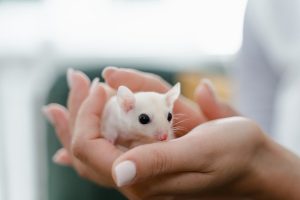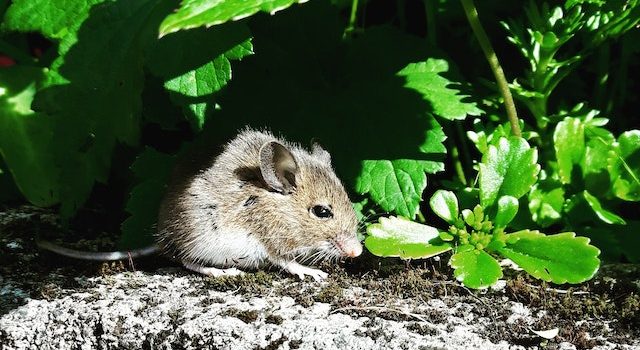
Introduction
Aging has always been a subject of intense fascination and research in the scientific community. As humans, we are constantly seeking ways to extend our lifespan and improve the quality of our lives as we grow older. In recent years, a remarkable study has surfaced, shedding light on an unconventional approach to tackling aging – the blood of young mice. The findings have ignited excitement and hope, raising the possibility that the key to unlocking anti-aging benefits may lie within the circulatory system of our younger counterparts.
The Intriguing Study: Blood of Young Mice and Its Effects on Aging
The study that captured the attention of researchers and the general public alike was conducted by a team of scientists exploring the effects of parabiosis – a surgical procedure that involves connecting the circulatory systems of two living organisms. In this case, the researchers paired young and old mice to observe the potential impact on aging.
Remarkably, the results were striking. Older mice that were paired with younger counterparts displayed significant improvements in various age-related factors. These included enhanced cognitive function, improved muscle strength, and increased regeneration of tissues. The blood of the young mice seemed to exert a rejuvenating effect on the older mice, leading to intriguing speculations about its potential anti-aging properties.

Understanding the Mechanisms: Unraveling the Secrets Behind Lifespan Extension
The study’s findings raised a crucial question: What mechanisms in the young mice’s blood were responsible for the observed rejuvenating effects? Researchers delved into investigating the components of the blood that might be influencing the aging process.
One key factor that emerged was the presence of certain proteins and growth factors, such as GDF11 and CCL11. These substances play essential roles in various biological processes, including tissue repair and maintenance. The abundance of these factors in the young mice’s blood led scientists to believe that they could be the key drivers of the anti-aging effects observed in the older mice.
Implications for Humans: Could Young Blood Therapy Work for Anti-Aging?
As news of this groundbreaking study spread, it naturally piqued the curiosity of the wider public. The idea of harnessing the power of young blood for anti-aging purposes captured the imagination and led to a surge of interest in potential applications for humans.
However, it is crucial to note that translating the findings from mice to humans is a complex and challenging process. While animal studies can provide valuable insights, human biology is far more intricate, and ethical considerations must be taken into account.
Researchers caution against attempts to try DIY “young blood transfusions” or unproven therapies without robust clinical evidence. Human trials are necessary to fully understand the implications and safety of any potential treatments based on this concept.
Ethical Considerations and Future Research Directions
The excitement surrounding the study also sparked ethical debates. Concerns were raised about the potential exploitation of young donors, as well as the uncertain consequences of introducing foreign substances into the aging human body.
Researchers are acutely aware of these ethical dilemmas and are committed to conducting their studies with the utmost respect for ethical guidelines and patient safety. Collaborative efforts among scientists, ethicists, and regulatory bodies are necessary to ensure that any potential treatments derived from this research are both safe and responsibly administered.
Looking ahead, the study has opened new avenues of research. Scientists are now focusing on identifying specific factors in the young mice’s blood responsible for the anti-aging effects and exploring ways to harness these benefits without resorting to full-blood transfusions. This approach could lead to the development of targeted therapies that can potentially address age-related ailments and enhance human healthspan.
Conclusion
The study on the blood of young mice extending life in the old has undoubtedly captured the world’s attention. While the potential anti-aging benefits are intriguing, it is essential to remember that we are still in the early stages of understanding this phenomenon fully. Human biology is far more intricate, and more research is needed before we can draw definitive conclusions about the application of young blood therapies for anti-aging in humans.
In the meantime, this study serves as a testament to the power of curiosity and exploration in scientific research. It ignites hope for a future where we can age gracefully, maintain our vitality, and enjoy a higher quality of life well into our golden years. As scientists continue to unlock the secrets of aging, we remain optimistic that the quest for healthier aging will yield promising results and transform the way we approach the aging process.










